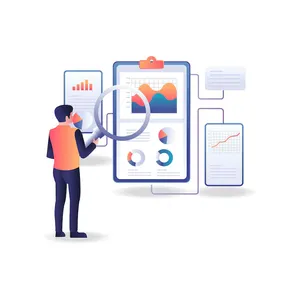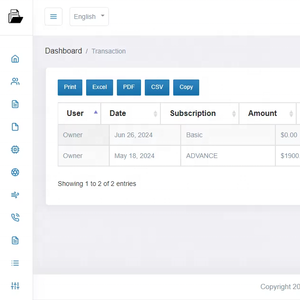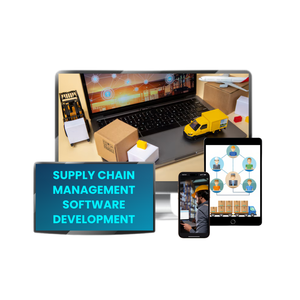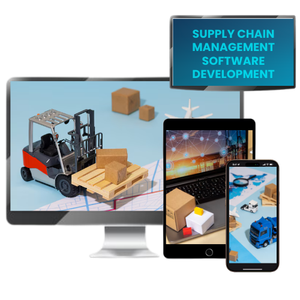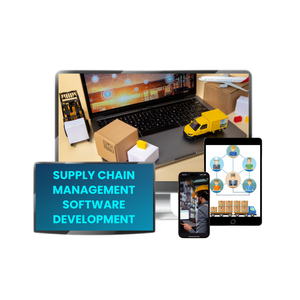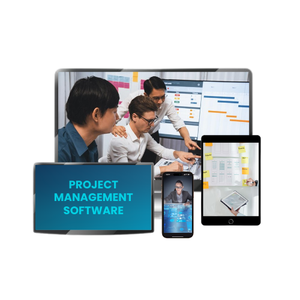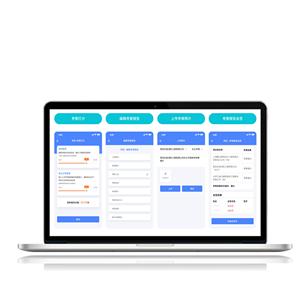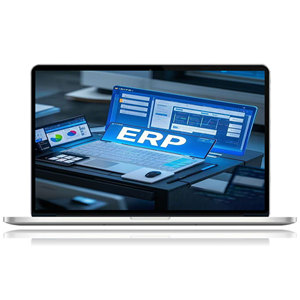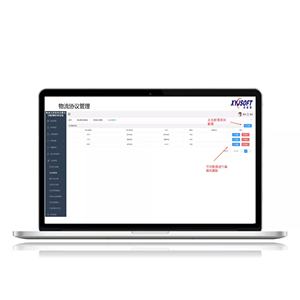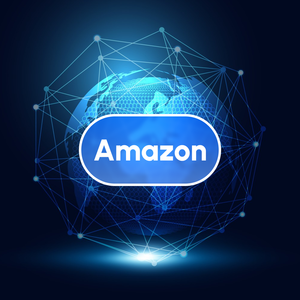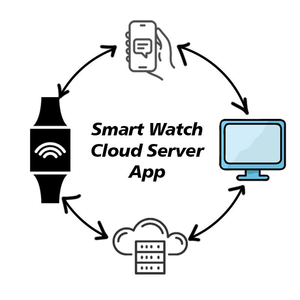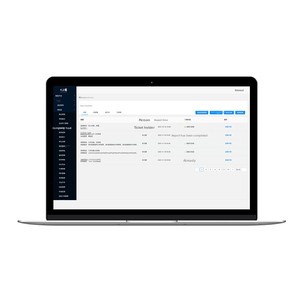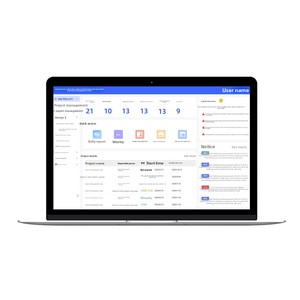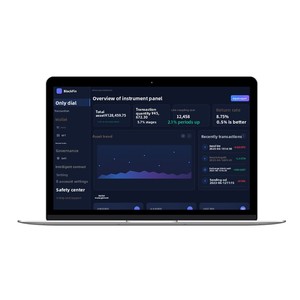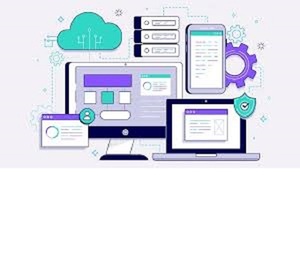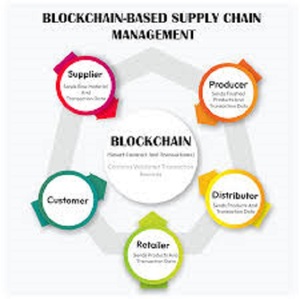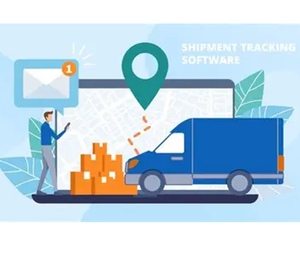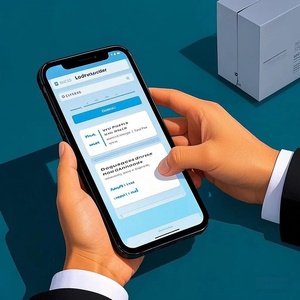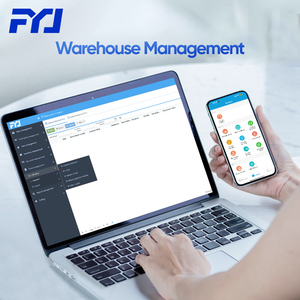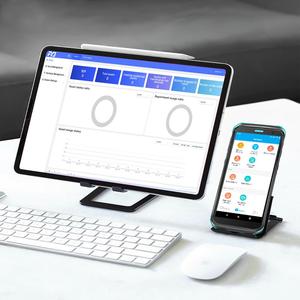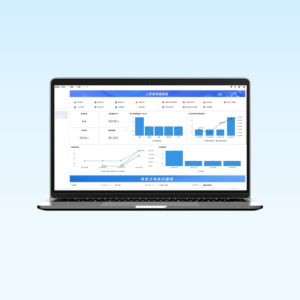Supply Chain Management Workflow
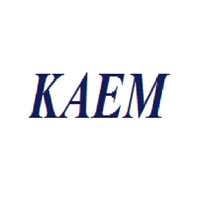

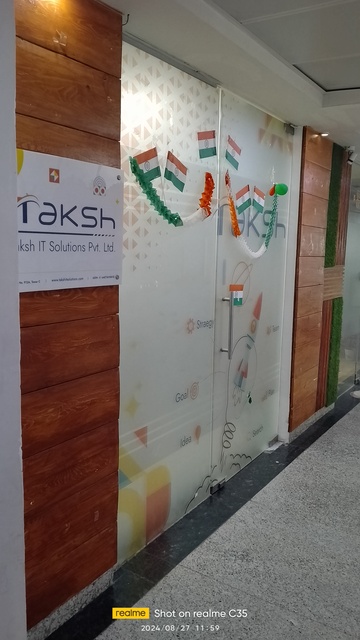


 CN
CN


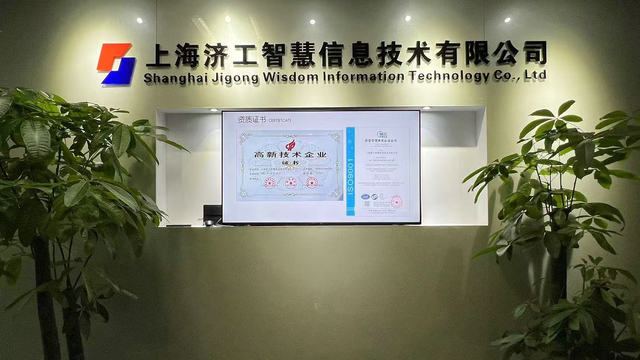

 CN
CN



 CN
CN



 CN
CN











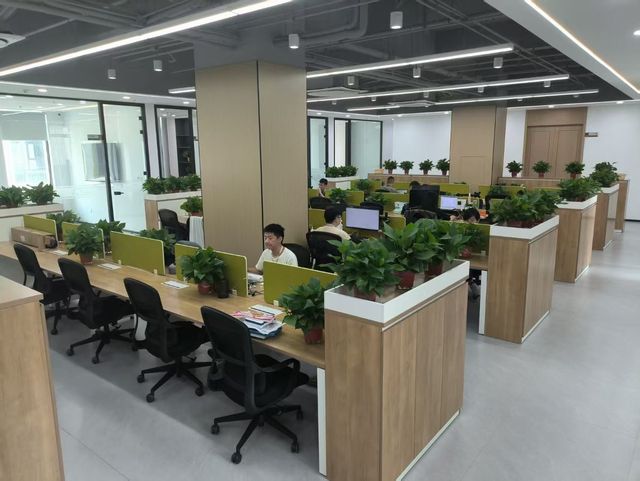


 CN
CN






 CN
CN


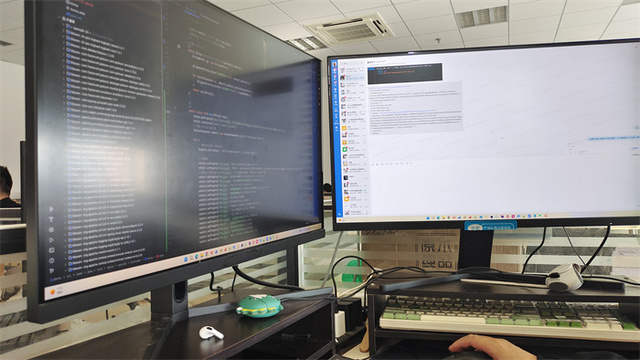

 CN
CN




 CN
CN






About supply chain management workflow
Where to Source Supply Chain Management Workflow Solutions?
The global market for supply chain management workflow software is increasingly concentrated among specialized technology providers in India and China, with emerging capabilities in Vietnam. Indian suppliers, particularly in the IT hubs of Hyderabad and Bangalore, dominate custom enterprise software development, leveraging deep expertise in AI integration, blockchain-based traceability, and API-driven workflow automation. Chinese firms, centered in Shanghai and Shenzhen, focus on scalable ERP-integrated platforms tailored for manufacturing and B2B logistics ecosystems.
These regional clusters offer mature development infrastructures supported by large pools of certified software engineers and agile project management frameworks. Buyers benefit from rapid prototyping cycles—typically 2–4 weeks for MVP deployment—and access to modular architectures that support integration with existing procurement, inventory, and logistics systems. Key advantages include cost-efficient customization (development rates 30–50% below North American benchmarks), multi-language support, and compliance-ready design aligned with international data governance standards.
How to Evaluate Supply Chain Management Workflow Suppliers?
Adopt a structured assessment framework when selecting software partners:
Technical Capability Verification
Confirm demonstrated experience in core functional domains: workflow automation, document control, supplier relationship management (SRM), and real-time monitoring dashboards. Prioritize vendors offering scalable cloud-native or hybrid deployment models. For regulated industries, verify adherence to data integrity standards such as ISO 27001 or GDPR-compliant architecture.
Development Infrastructure Assessment
Evaluate operational scale and technical bandwidth:
- Minimum team size of 10+ developers with proven track record in enterprise SaaS applications
- Use of modern tech stacks (e.g., React, Node.js, Python/Django, .NET Core) and DevOps practices (CI/CD pipelines)
- Evidence of AI/ML or blockchain implementation in live projects
Cross-reference response time metrics (target ≤2 hours) with delivery performance to assess service reliability.
Transaction Risk Mitigation
Insist on milestone-based payment structures tied to deliverables. Validate past client engagements through verifiable case studies or reference deployments. For high-value contracts, require source code escrow agreements and post-deployment support SLAs (minimum 12 months). Pilot testing of workflow modules under real-world conditions remains critical before full rollout.
What Are the Leading Supply Chain Management Workflow Providers?
| Company Name | Location | Main Products | Price Range (USD) | Min. Order | On-Time Delivery | Avg. Response | Online Revenue | Reorder Rate |
|---|---|---|---|---|---|---|---|---|
| KAEM SOFTWARES PRIVATE LIMITED | India | Supply Chain Management Systems, Document Control Software | $95 – $325 | 1–2 units | - | ≤2h | US $8,000+ | - |
| INTELLISENSE TECHNOLOGY | China | Blockchain Supply Chain, B2B Portal Services | $7 – $1,000 | 1–3 pieces | - | ≤4h | - | - |
| TAKSH IT SOLUTIONS PRIVATE LIMITED | India | AI-Powered SCM, Smart Contracts, Workflow Automation | $4,500 – $5,500 | 1 unit | 75% | ≤1h | US $2,000+ | - |
| STEPMEDIA SOFTWARE VIET NAM COMPANY LIMITED | Vietnam | Comprehensive SCM Development, Project Management Tools | $5,000 – $50,000 | 1 unit | - | ≤2h | - | - |
| Shanghai Jigong Intelligent Information Technology Co., Ltd. | China | ERP-Integrated SCM, Supplier Relationship Management | $1,000 | 1 piece | 100% | ≤11h | - | - |
Performance Analysis
Indian firms like KAEM SOFTWARES and TAKSH IT SOLUTIONS lead in responsiveness (≤2h average reply time) and advanced functionality, including AI-driven analytics and blockchain contract management. TAKSH stands out with sub-hour response times and specialized offerings in decentralized workflows. Chinese provider Shanghai Jigong delivers 100% on-time performance, indicating strong project execution discipline despite longer communication cycles. STEPMEDIA offers the widest pricing flexibility ($5K–$50K), suitable for mid-to-enterprise tier implementations. INTELLISENSE TECHNOLOGY provides entry-level blockchain-enabled solutions at competitive rates, ideal for pilot deployments. For mission-critical systems, prioritize vendors with documented AI or automation integrations and verified delivery histories.
FAQs
How to verify supply chain workflow software supplier credibility?
Review published product documentation, GitHub repositories (if available), and third-party audit trails. Request references from clients in similar industry verticals. Validate claims around scalability and uptime through stress-test reports or system architecture reviews.
What is the typical development timeline for customized SCM workflows?
Standard implementations range from 4 to 8 weeks. Complex systems involving AI forecasting, multi-tier supplier networks, or legacy ERP integration may require 12–16 weeks. Agile development models allow phased rollouts with core modules deployable within 30 days.
Can these suppliers integrate with existing ERP or procurement platforms?
Yes, most providers support integration with SAP, Oracle, Microsoft Dynamics, and Odoo via RESTful APIs or middleware connectors. Confirm compatibility during technical scoping and request proof-of-concept demonstrations prior to contract signing.
Do suppliers offer post-deployment support and updates?
Support terms vary. Leading vendors typically include 3–12 months of maintenance and bug fixes. Extended SLAs with 24/7 monitoring and feature upgrades are negotiable, especially for contracts exceeding $10,000.
What are common pricing models for SCM workflow software?
Pricing includes one-time licensing, subscription-based SaaS, or fixed-fee custom development. Entry-tier tools start at $95, while enterprise-grade systems range from $5,000 to $50,000 based on module complexity, user count, and integration depth.






